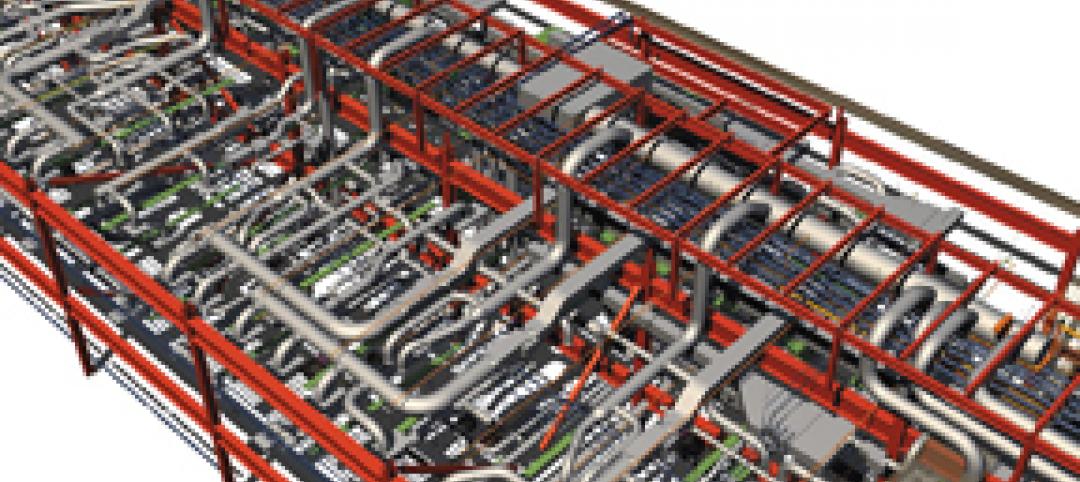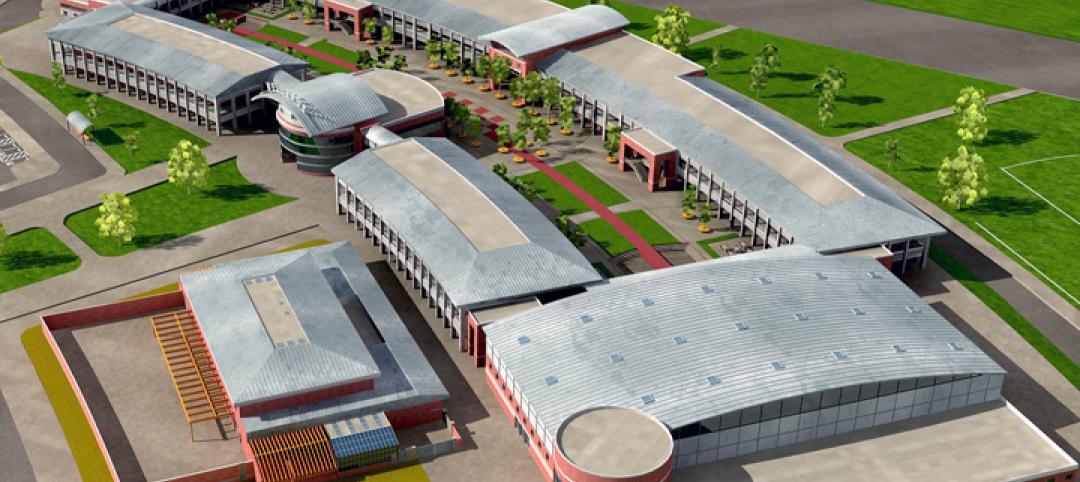Is the construction industry up to the challenge of repairing the world’s crumbling infrastructure? A new report from McKinsey & Co. answers with a definitive “No,” unless the industry can place itself firmly into the digital future in its organization, documentation, management, and information sharing.
The think tank estimates that the world will need to spend $57 trillion on infrastructure by 2030 just to keep pace with global economic growth. A recent report by three of its researchers also sees a construction industry that takes 20% longer than scheduled to finish most projects that come in up to 80% over budget.
“Construction productivity has actually declined in some markets since the 1990s,” writes the report’s authors, Rajat Agarwal, Shankar Chandrasekaran, and Mukund Srishar, in an article they posted last month. “The construction industry is ripe for disruption.”
Such observations are hardly new; there have been myriad other reports that lament the same problems in the construction sector, and fret about how massive reconstruction can possibly be accomplished.
What makes this paper a little different is that the “five big ideas” proposed by its authors aren’t at all futuristic.

Five trends that are making the construction process run smoother and quicker. Image: McKinsey & Co.
The authors basically believe that the construction industry needs to be reorganized around digital technology, including:
•Higher-definition surveying and geolocation
•Next-generation 5D BIM
•Digital collaboration and mobility
•The Internet of Things (IoT), coupled with advanced analytics
•Future-proof design and construction with sustainable materials and methods.
Within these trends, McKinsey sees LIDAR as “an evolution in surveying,” primarily because of breakthroughs in drone technology and handheld platforms.
Five-D BIM goes beyond 3D BIM by taking into account a project’s cost and schedule. “The visual and intuitive nature of 5D BIM gives contractors a better chance to identify risk earlier, and thus to make better decisions.” Augmented reality technology will further enhance the effectiveness of 5D BIM, which project owners and contractors “need to incorporate right from the design stage.”
McKinsey revisits the need for the construction sector to move aggressively toward online communication as a way of improving productivity. Paper, the report argues, makes data analysis among team members tougher, and is subject to being mismanaged among different stakeholders.
By comparison, the authors point to an American tunnel project that involved 600 vendors, for which the contractor developed a single platform for bidding, tendering, and contract management. “This saved the team more than 20 hours of staff time per week, and cut down the time to generate reports by 75%,” they write.
Perhaps more to the point, the digital-collaboration and mobility solutions segments have attracted close to 60% of all venture capital funding in the construction-technology sector.
The report also suggests several advantageous potential uses for IoT working in combination with sensors and near-field-communication devices. These uses include equipment monitoring and repair, inventory management and ordering, quality assessment, energy efficiency (such as sensors monitoring ambient conditions and fuel consumption of equipment), and safety.
As for future proofing projects, the report lists a host of new building materials—self-healing concrete, aerogels, nanomaterials—and construction approaches—like 3D printing and preassembled modules—that could lower cost and speed up the construction process.
“Some of these ‘materials of the future’ could redefine how projects are conceptualized, designed, and executed,” states the report. It notes, however, that adoption of these materials has been slowed by a lack of awareness and availability, limited supply chain, and the industry’s risk aversion.
While 80% of all construction work is still done on-site, more project developers and contractors are deploying off-site approaches “that help them improve predictability, consistency, and repeatability.” These approaches include preassembly of components and simply structures, 3D printing, and robot-assembled construction.
None of these recommendations will surprise any nonresidential contractor. The question, though, is why aren’t these ideas being implemented more widely? The McKinsey authors say the industry needs “to adopt a new mindset” whose foundation is shared responsibility, and has four principles:
•Transparency and risk sharing in contracts
•Return-on-investment orientation
•Simplicity and intuitiveness in the design of new solutions
•Change management (as in top management communicating clearly why changes are important)
Project owners and developers need to mandate the adoption of digital technologies and measure results. This should include appointing a Chief Technology Officer or Chief Innovation Officer who can think boldly about the company’s digital agenda.
Engineers and contractors need to develop “digital road maps” for project management. “And it’s important to ensure that project teams have the budgets and authority they need to pilot new technologies. It’s essential to build the capabilities of project managers so they can become digitally adept.”
Related Stories
| Dec 9, 2012
Greenzone pop quiz
Greenbuild attendees share their thoughts with BD+C on the SAGE modular classroom.
| Dec 9, 2012
Modular classroom building makes the grade
SAGE modular classroom opens eyes, minds at Greenbuild 2012.
| Dec 9, 2012
14 great solutions
Welcome to the third installment of Building Design+Construction’s “Great Solutions,” highlighting 14 innovative technologies and products that you can put to work in your next project.
| Dec 9, 2012
D’ambrosio joins BD+C’s editorial board
D’Ambrosio, a 2009 selection to the magazine’s “40 Under 40” galaxy of AEC superstars, holds a bachelor’s in architectural engineering from the Pennsylvania State University.
| Dec 9, 2012
AEC professionals cautiously optimistic about commercial construction in ’13
Most economists say the U.S. is slowly emerging from the Great Recession, a view that was confirmed to some extent by an exclusive survey of 498 BD+C subscribers whose views we sought on the commercial construction industry’s outlook on business prospects for 2013.
| Dec 6, 2012
Suffolk Construction awarded Phase Two of Boston’s Old Colony redevelopment project
Project team breaks ground on South Boston public housing project designed for energy efficiency.
| Dec 5, 2012
Gilbane publishes Winter 2012 construction economic report
Report outlines impact of recent events; predicts continued movement, while slow, toward recovery.
| Dec 5, 2012
Bernards selected to build new Merced, Calif. high school campus
Designed by BCA Architects, the $76 million, 220,000-ft project encompasses a total of nine buildings.















